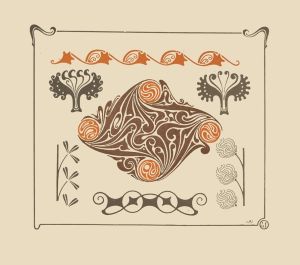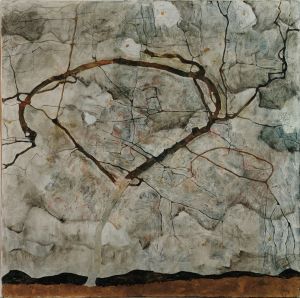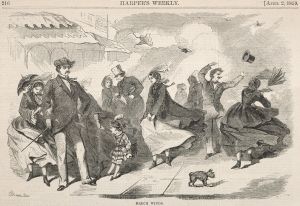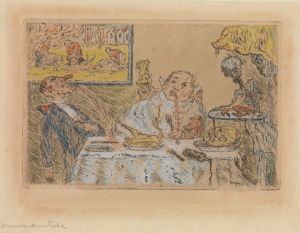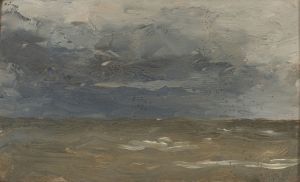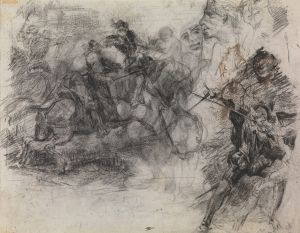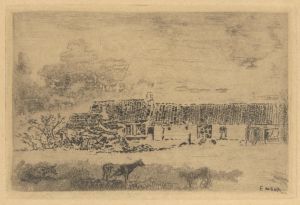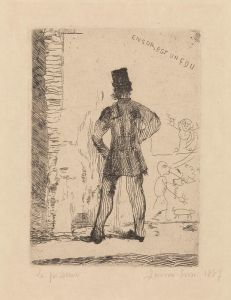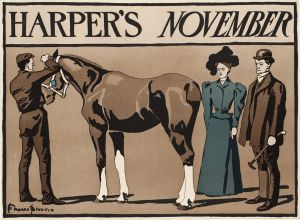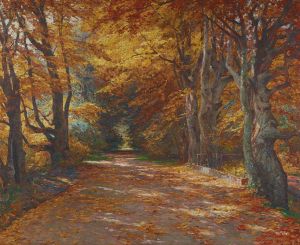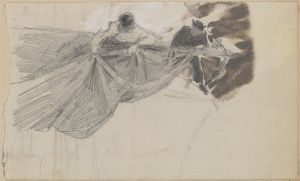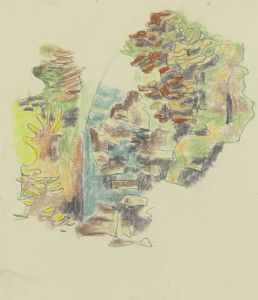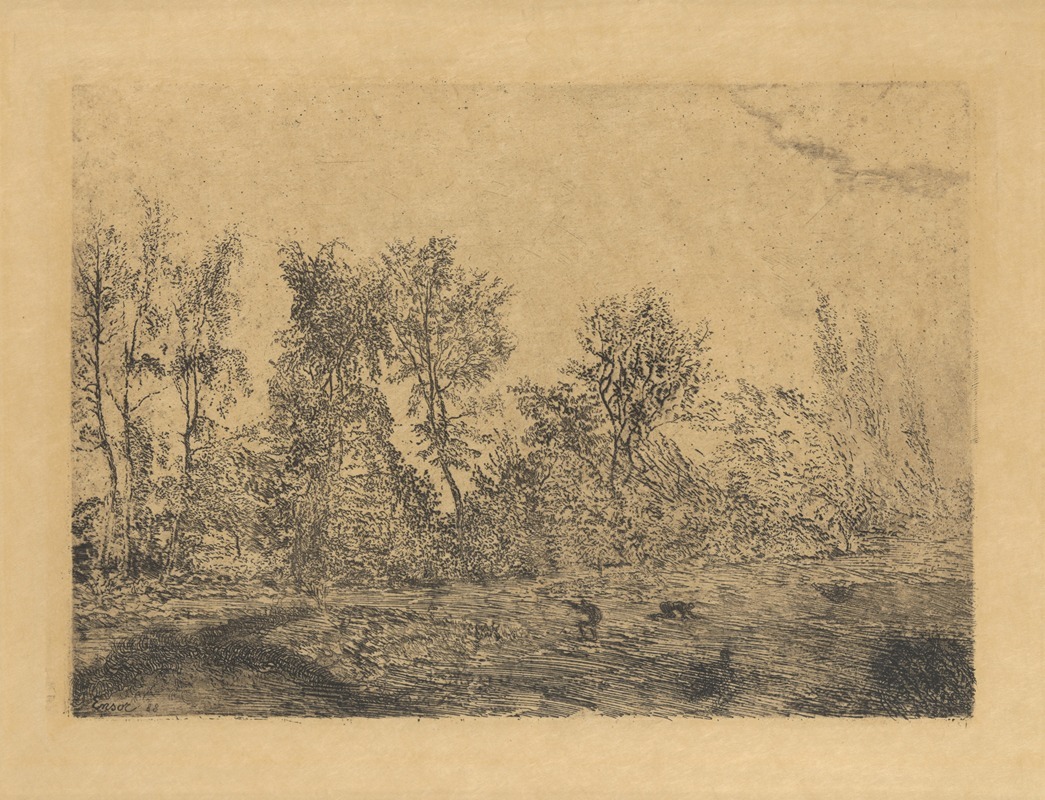
Windstoot in het geboomte
A hand-painted replica of James Ensor’s masterpiece Windstoot in het geboomte, meticulously crafted by professional artists to capture the true essence of the original. Each piece is created with museum-quality canvas and rare mineral pigments, carefully painted by experienced artists with delicate brushstrokes and rich, layered colors to perfectly recreate the texture of the original artwork. Unlike machine-printed reproductions, this hand-painted version brings the painting to life, infused with the artist’s emotions and skill in every stroke. Whether for personal collection or home decoration, it instantly elevates the artistic atmosphere of any space.
James Ensor, a prominent Belgian painter and printmaker, is known for his unique and often surreal style that blends elements of symbolism and expressionism. One of his lesser-known works is "Windstoot in het geboomte," which translates to "Gust of Wind in the Trees." While there is limited information available specifically about this painting, we can explore Ensor's broader artistic context and style to provide a meaningful introduction.
James Ensor was born in 1860 in Ostend, Belgium, and spent most of his life there. He was a key figure in the Belgian avant-garde movement and is often associated with the group Les XX, a collective of artists that included other notable figures like Fernand Khnopff and Théo van Rysselberghe. Ensor's work is characterized by its vivid use of color, intricate detail, and often fantastical subject matter. He frequently depicted scenes of masks, skeletons, and carnivals, reflecting his fascination with the grotesque and the absurd.
Ensor's artistic style evolved significantly over his career. Initially influenced by the Impressionists, he later developed a more personal and idiosyncratic approach. His work often features a blend of realism and fantasy, with a strong emphasis on emotion and atmosphere. Ensor's use of light and shadow, along with his bold color palette, creates a sense of drama and movement in his paintings.
"Windstoot in het geboomte" likely reflects Ensor's interest in capturing the dynamic forces of nature. While specific details about this painting are scarce, it can be inferred that the work might depict trees swaying under the force of a strong wind, a subject that aligns with Ensor's interest in the interplay between natural elements and human perception. This theme of nature's power and unpredictability is a common motif in art, allowing artists to explore the emotional and psychological impact of the natural world.
Ensor's work often contains an element of social commentary, using allegory and symbolism to critique contemporary society. Although "Windstoot in het geboomte" may not explicitly convey such themes, it is possible that the painting reflects Ensor's broader concerns with the human condition and the chaotic forces that shape our lives.
Throughout his career, Ensor received both acclaim and criticism for his unconventional style. His work was initially met with resistance from the traditional art establishment, but he eventually gained recognition as a pioneering figure in modern art. Today, Ensor is celebrated for his innovative approach and his ability to convey complex emotions through his art.
In summary, while specific information about "Windstoot in het geboomte" is limited, understanding James Ensor's artistic style and thematic interests provides valuable context. Ensor's work is marked by its emotional depth, vibrant color, and exploration of the fantastical, making him a significant figure in the history of modern art.





